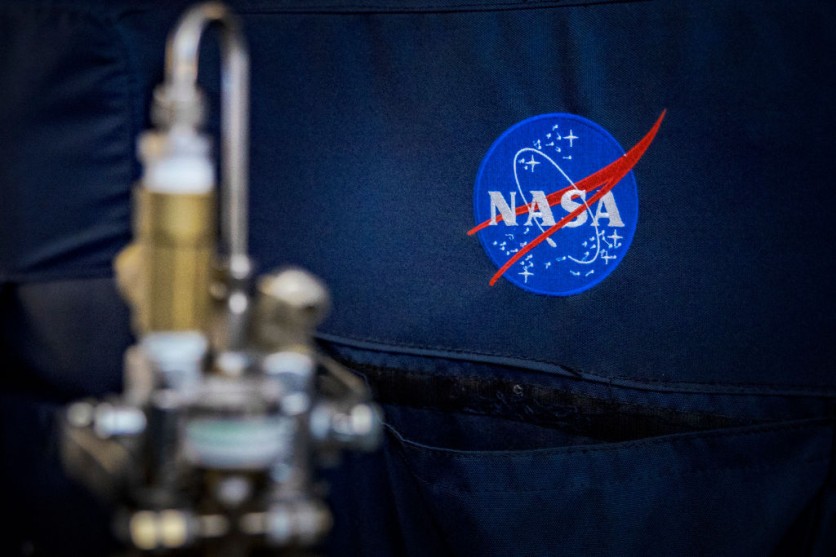NASA's communication medium with the International Space Station (ISS) is now being tested to be laser-powered. The space agency reportedly used laser communication systems to send and stream 4K video footage.
The accomplishment raises hopes for the advancement of optical communications that may link people to Mars and beyond and shows that the space agency could cover a Moon landing in real-time during the Artemis missions.
Laser communications utilizing infrared light may carry data 10 to 100 times quicker than radios. NASA's primary means of data transmission and communication between Earth and space are reportedly radio waves.

(Photo : Ezra Acayan/Getty Images)
NASA has partnered with IBM to develop INDUS, a suite of large language models (LLMs) designed to advance scientific research.
After equipping an aircraft with a portable laser terminal, engineers took off over Lake Erie and transmitted information back to the central hub located in Cleveland.
After that, the information was sent over a land-based network to NASA's test site in New Mexico, where researchers oversaw the data beaming process up to the organization's 22,000-mile-distance Laser Communications Relay Demonstration (LCRD) satellite.
The Integrated Laser Communications Relay Demonstration Low Earth Orbit User Modem and Amplifier Terminal (ILLUMA-T) on the ISS received the information from the LCRD.
The fourth Artemis mission, which would return humans to the Moon in 2028, is still scheduled for 2028 despite the delays.
Read Also : Boeing, NASA Completed Starliner Ground Tests, Now Reviewing Data for Rocket's Return from ISS
NASA Looks Into Solar Radio Waves
The space agency continues to study radio waves, in particular solar radio waves, even as it looks at laser-powered communication.
On July 9, 2024, NASA formally launched the CubeSat Radio Interferometry Experiment, marking a ground-breaking attempt to investigate the sources of these mysterious waves that the sun emits.
NASA stated that the discovery of solar radio waves dates back several decades, and they have been associated with events like solar flares and coronal mass ejections (CMEs).
Researchers find this solar activity fascinating because they have a significant impact on space weather, which affects terrestrial technologies and satellite communications. The exact source of these radio waves within CMEs is still unknown and a major mystery in solar physics, even with current observations.
CURIE's Goal
The mission objectives of CURIE are based on the innovative use of low-frequency radio interferometry, a method that has never been tried in space. With two separate, shoebox-sized spacecraft orbiting Earth at a distance of around two miles apart, CURIE will be composed of two separate spacecraft.
NASA claims that this particular spatial arrangement is essential for its instruments to detect even the smallest variations in the arrival times of radio waves, which in turn helps to identify the precise source of those waves inside the solar environment.
The mission's ambition and scientific promise are emphasized by University of California, Berkeley Principal Investigator David Sundkvist. He pointed out that CURIE is the first controlled space-based radio interferometer mission, establishing a standard for the next developments in radio astronomy.


![Apple Watch Series 10 [GPS 42mm]](https://d.techtimes.com/en/full/453899/apple-watch-series-10-gps-42mm.jpg?w=184&h=103&f=9fb3c2ea2db928c663d1d2eadbcb3e52)


